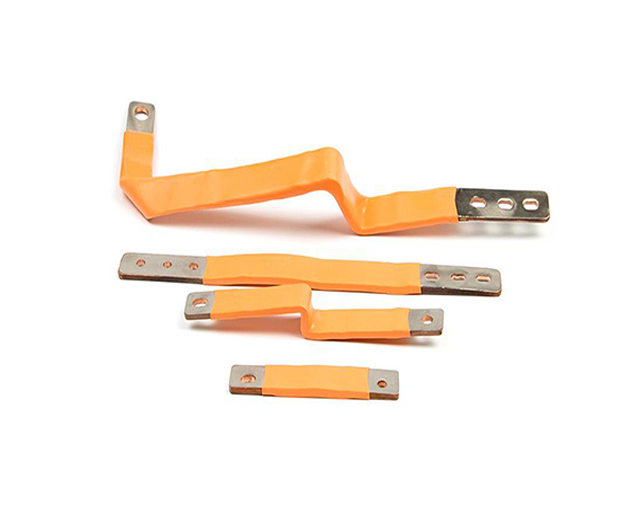2025-10-31 09:31:11
Solar power systems have become a cornerstone of renewable energy, providing clean electricity for homes, businesses, and industrial applications. One essential component in these systems is the busbar. Proper understanding of how to use a busbar in solar panels or battery packs ensures efficient power distribution, reliability, and safety.

A busbar is a conductive strip or bar, typically made from copper busbar or Aluminum Busbar, used to collect and transmit electrical current. In solar panels, busbars connect multiple solar cells, channeling the generated electricity to the panel’s output terminals or to a busbar for solar battery bank.
Common types of busbars include:
Solid Busbar – Rigid and highly conductive, ideal for fixed connections.
Flexible Busbar – Adaptable to vibration and thermal expansion, often used in battery packs.
Insulated Busbars – Coated busbars that prevent accidental short circuits and improve safety.
Collecting Current: Each solar cell produces a small amount of electricity. Busbars gather this current and combine it into a usable flow.
Reducing Electrical Loss: High conductivity metals like copper minimize resistive losses.
Facilitating Connections: Busbars provide reliable paths for current to flow into inverters, controllers, or busbar in battery pack systems.
Enhancing Safety: Proper busbar installation reduces hot spots and prevents electrical faults.
Using a busbar in a solar system involves careful planning and execution:
For high-current, fixed applications, use solid busbar or copper busbar.
For battery packs or flexible connections, choose flexible busbar.
For compact or sensitive layouts, insulated busbars may be preferred.
Clean the surfaces where busbars will be connected.
Ensure proper alignment to avoid uneven current collection.
Soldering: Most common for solar cells. Use low-resistance solder for copper busbar or Aluminum Busbar.
Clamping or Bolting: Sometimes used in battery pack connections, especially for busbar in battery pack systems.
Route the busbar to the output terminals or the busbar for solar battery bank.
Ensure connections are tight and mechanically secure.
For multi-panel setups, connect busbars in series or parallel as needed.
Apply insulated busbars or protective coatings to prevent accidental contact and short circuits.
Use proper grounding techniques where applicable.
Avoid sharp bends, especially in flexible busbar, to prevent cracking.
Maintain spacing between busbars to reduce the risk of short circuits.
Verify connections are clean and free of corrosion.
Ensure the busbar can handle the expected current without overheating.
For battery systems, confirm polarity to avoid damage.
Residential Solar Panels: Connecting solar cells efficiently and safely.
Commercial Solar Installations: Large arrays require multiple bus bars for uniform current distribution.
Solar Battery Banks: Using busbar for solar battery bank ensures safe and low-resistance connections.
Battery Packs for Energy Storage: Busbar in battery pack improves modularity and reduces wiring complexity.
Portable Solar Solutions: Flexible busbar allows movement and vibration without breaking connections.
Enhanced Efficiency: Minimizes resistive losses for maximum power output.
Improved Safety: Reduces hotspots and prevents electrical hazards.
Mechanical Reliability: Solid busbar and flexible busbar designs accommodate expansion, vibration, and thermal stress.
Ease of Maintenance: Standardized busbar connections simplify panel and battery pack servicing.
Scalability: Supports system expansions in residential, commercial, or industrial solar projects